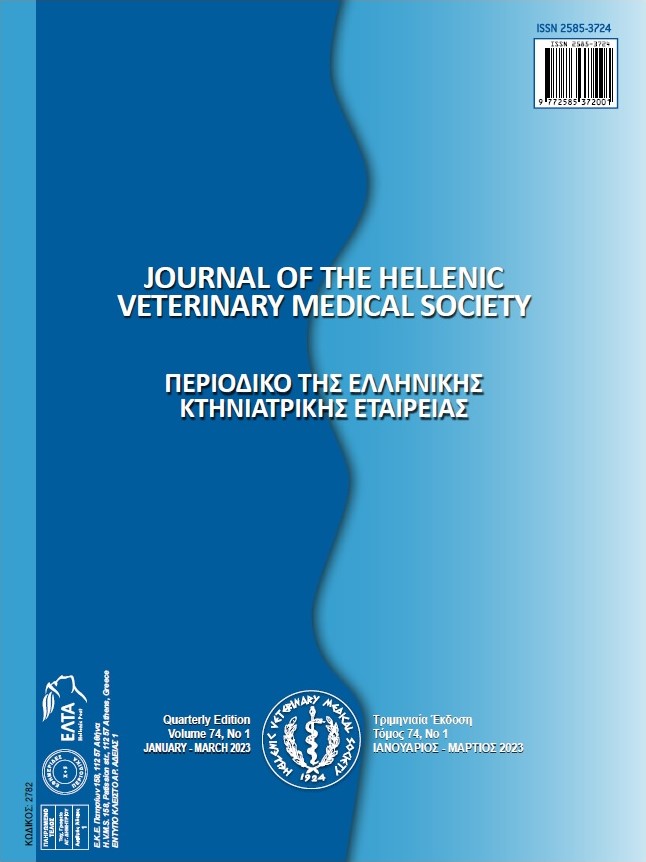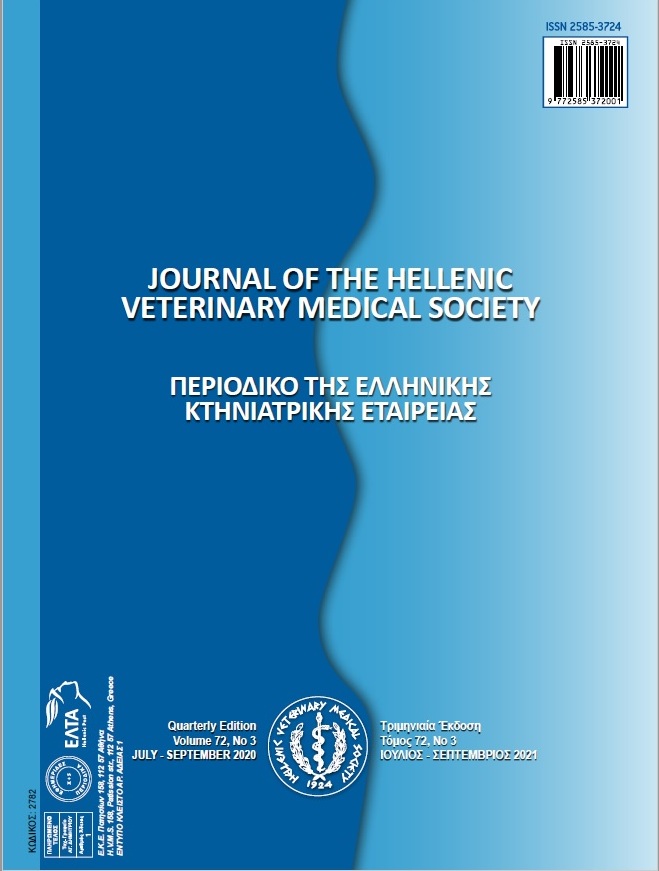A commercial monovalent canine parvovirus vaccine performs better than a commercial combination vaccine in puppies

Abstract
Thirty puppies were randomly divided in to 3 groups for comparative evaluation of two commercial CPV vaccines. Each group was further subdivided in to < 6 months and < 3 months -old puppies and either vaccinated with a monovalent vaccine: Primodog, a combination vaccine: Duramune or maintained as a non-vaccinated control. Humoral immune response was determined by Hemagglutination Inhibition (HAI) on 21 and 35 -days after vaccination. The geometric mean titer (GMT) induced by Duramune, 21 and 35 -days post-vaccination was GMT 73.3 and 137.2, respectively. Comparatively, Primodog demonstrated higher GMT on 21 and 35 -days after vaccination: 97.0 and 168.9, respectively. The older puppies (< 6 months old) demonstrated higher seroconversion to both vaccines.
Article Details
- How to Cite
-
Asghar, M., Anjum, A., Rabbani, M., Khan, M., Ali, M., & Azeem, S. (2023). A commercial monovalent canine parvovirus vaccine performs better than a commercial combination vaccine in puppies. Journal of the Hellenic Veterinary Medical Society, 73(4), 4827–4832. https://doi.org/10.12681/jhvms.27960
- Issue
- Vol. 73 No. 4 (2022)
- Section
- Research Articles

This work is licensed under a Creative Commons Attribution-NonCommercial 4.0 International License.
Authors who publish with this journal agree to the following terms:
· Authors retain copyright and grant the journal right of first publication with the work simultaneously licensed under a Creative Commons Attribution Non-Commercial License that allows others to share the work with an acknowledgement of the work's authorship and initial publication in this journal.
· Authors are able to enter into separate, additional contractual arrangements for the non-exclusive distribution of the journal's published version of the work (e.g. post it to an institutional repository or publish it in a book), with an acknowledgement of its initial publication in this journal.
· Authors are permitted and encouraged to post their work online (preferably in institutional repositories or on their website) prior to and during the submission process, as it can lead to productive exchanges, as well as earlier and greater citation of published work.







